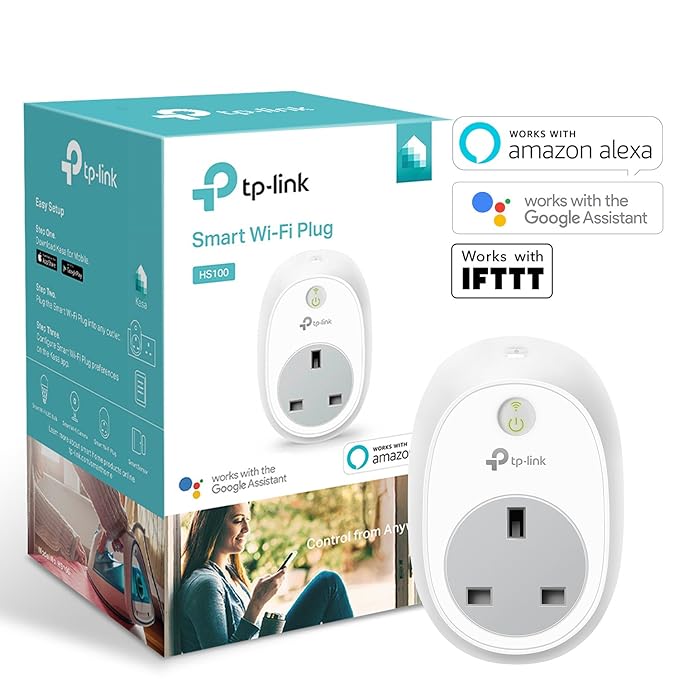Here’s a thought that I’m going to play with, because I’ve been asked to create radiator control for a client that can’t run any cables.
What if these WiFi smart plugs were wired up to simple 2 wire 230vac Electrothermic Actuators?
(HS100 & WTA & Plugtop <£40)

(Using the TP-Link OH Binding)
And have openHAB2 map a room thermostat to them and a heat call device?
(My client has Velbus glass panels {which have thermostats in} in each room, just not any way to control the flow to the radiator)
UPDATE April 17th
I’m happy to report that these TP_Link HS100 smart plugs work perfectly (and directly) with OH2, so with a NodeRed Flow, I’ve mapped the Thermostat Heater channel state of a Velbus module.
(I could just of easily mapped this in DSL Rules, I just happen to be learning NodeRed right now)
Thanks to @Confused for putting this concept out there in the first place.
I’ve been going down all kinds of dead ends looking for an effective solution.
